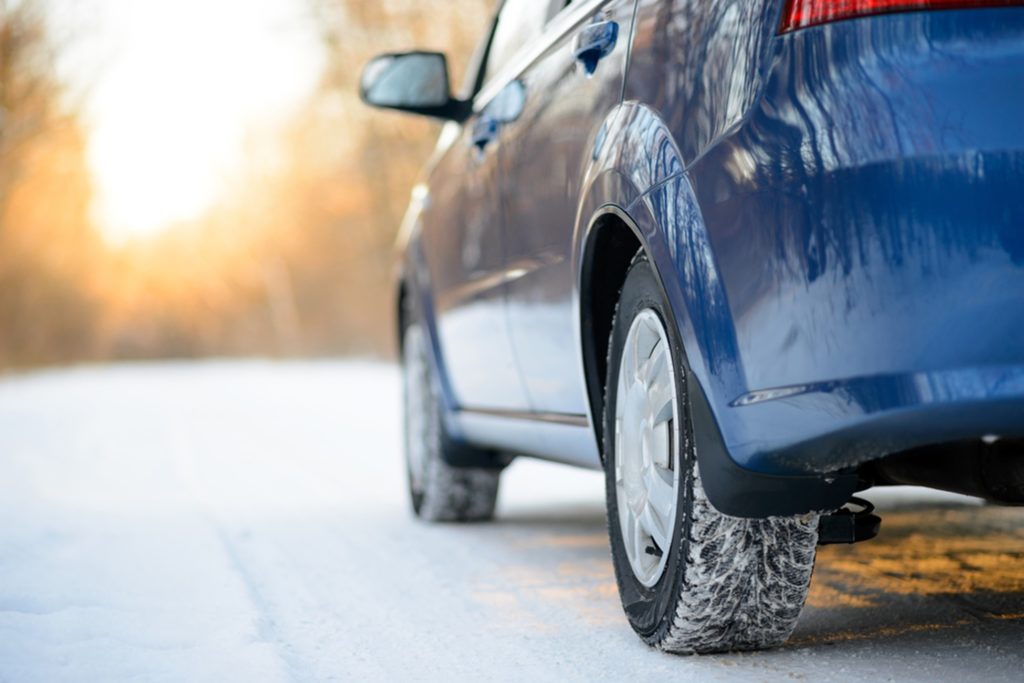Winter can be a dangerous season for driving in New York. Snow and ice can quickly accumulate on roadways, increasing the chances of an accident occurring. Since it is impossible to see, black ice can be particularly hazardous. If you’ve been hurt in a car crash caused by black ice, you might be wondering whether you might be able to sue for your injuries. Although drivers cannot be held responsible for weather conditions, they may still be held accountable if they were negligent, careless, or reckless.
Liability for Car Accidents on Black Ice
Car accidents that occur in connection with black ice often involve multiple vehicles and can result in serious injuries. Driving over a patch of black ice can cause a driver to lose control of their car and strike another or the guardrail. Critically, every driver has a duty to exercise due care on the road — and they should take additional precautions in icy or snowy weather.
Black ice accidents usually arise when a driver is doing one of the following:
- Speeding
- Driving under the influence
- Driving while drowsy
- Following too closely
- Texting while driving
- Changing lanes unsafely
- Stopping short
If any of the above circumstances caused your injuries, a driver might be held liable for negligence. However, there may also be additional factors that determine liability. For example, a municipality may be named in a lawsuit if its failure to take reasonable steps to maintain the roadway contributed to the accident. If a municipality has notice of a defect in the roadway that could give rise to a dangerous condition, it may be possible to hold them accountable for a crash. In the event of a multiple-vehicle pileup, one or more parties may share responsibility.
Even if you were partly at fault for the accident, you might still be entitled to recover compensation. Under New York’s comparative negligence rule, a victim may obtain monetary recovery for their injuries in a personal injury action if they were partly to blame for the accident — minus their percentage of fault.
Compensation for Car Accidents Caused by Black Ice
Injuries incurred in a car accident caused by black ice can be severe, life-changing, and debilitating. If you suffered injuries in a car accident caused by black ice, no-fault insurance will usually pay up to $50,000 in medical costs and a portion of your lost wages. However, if you sustained what New York law defines as a “serious injury,” you may be entitled to pursue a personal injury lawsuit against the negligent party to recover compensation in excess of that amount — and also for your pain and suffering.
By filing a personal injury action, you may be entitled to recover your lost wages, medical costs, and out-of-pocket expenses incurred due to the accident. You may also be eligible to receive compensation for your non-economic damages. Also referred to as “pain and suffering,” these damages typically comprise the largest portion of a personal injury lawsuit and are meant to compensate for the emotional anguish and physical pain you suffered due to your injuries.
Contact an Experienced New York Personal Injury Attorney
If you sustained injuries in a car accident caused by black ice, you might be entitled to compensation by filing a personal injury action. However, these lawsuits can be complex, and it’s critical to have a skilled personal injury attorney by your side who can help you obtain the monetary recovery you deserve. The attorneys at the Dearie Law Firm, P.C. are committed to fighting for the rights of car accident victims and aggressively pursue the maximum compensation they deserve.
The Dearie Law Firm, P.C. has convenient office locations in Manhattan, Brooklyn, and the Bronx, as well as mobile locations serving Brooklyn, Queens, Manhattan, the Bronx, Staten Island, Westchester County, Rockland County, Nassau County, and Suffolk County. Contact us today for a consultation.

